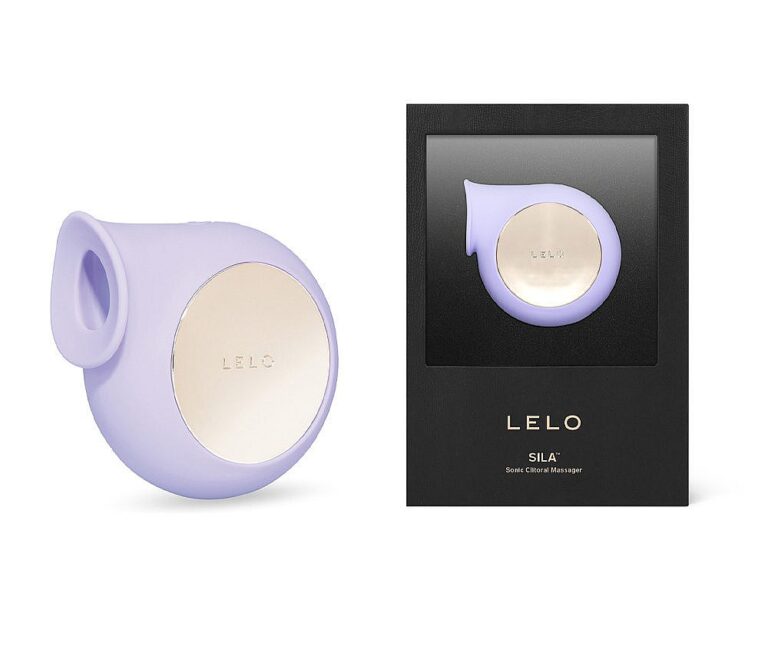How Jaipur gems and jewels keep history and culture alive through their design! – Unleash Fashion
The Pink City is the capital of Rajasthan, it is also the gemstone capital of India and the precious stone jewelry capital of the world. Being world renowned for its heritage and ancient architectural magnificence, Jaipur is also known for its time-honored gems and jewels designs and the stories of The Royals it holds in its intricacies. Marked with stones, and pearls, on molten metal like gold, and silver, Jaipur gems and jewels keep history and Culture alive through their design.
The inspiration
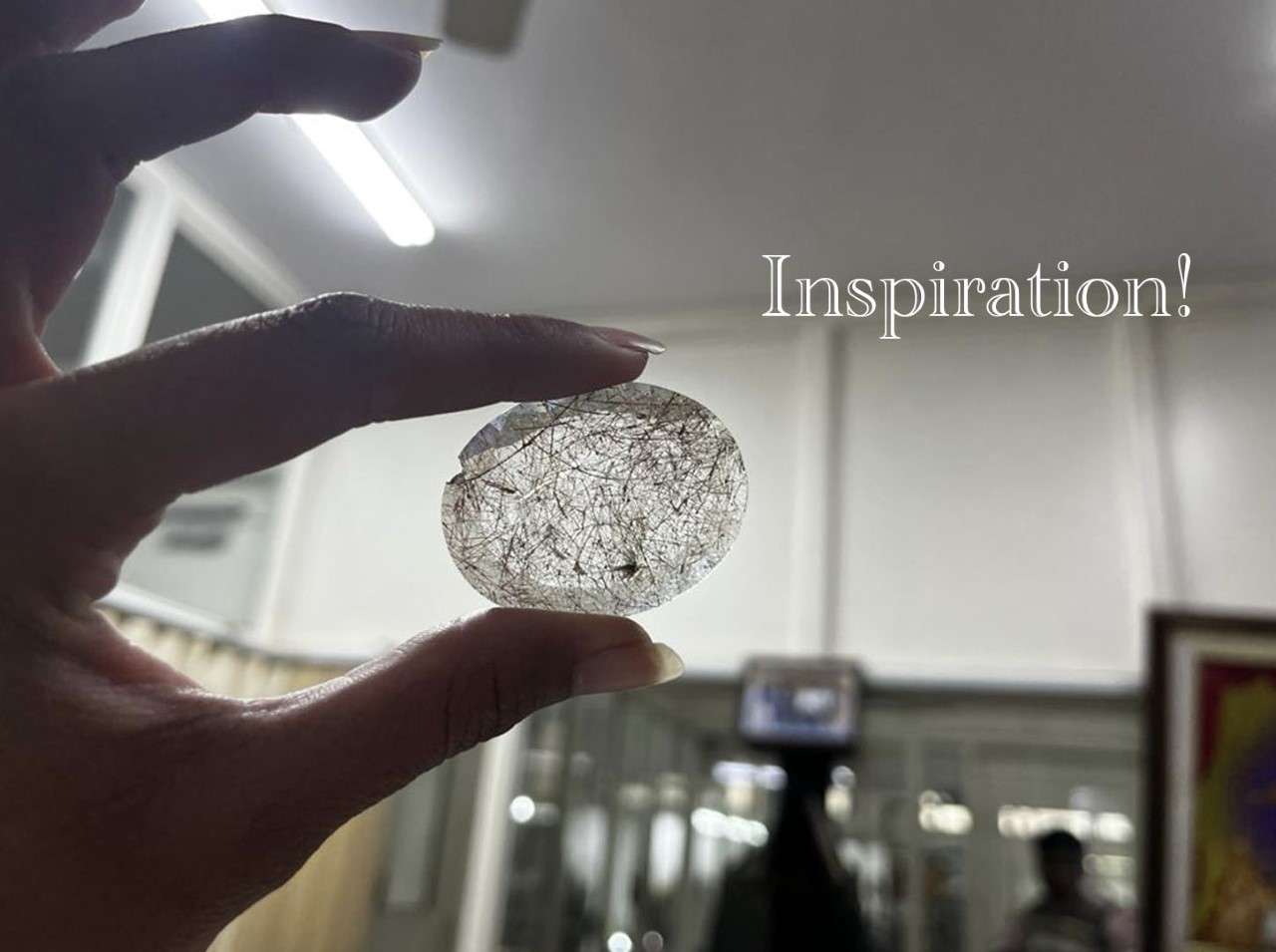
Though Jaipur has undergone a seismic change in its jewelry industry, it is one of the oldest cities known to preserve its traditional jewelry. While others plan to go for modern design with an influence of the Western lifestyle. Many intend to preserve the family gems and jewels that have made themselves over several generations.
Even today, the inspiration for jewelry design leads back to the original, The history. Neelam Narang, one of the big manufacturers of jewelry business in Jaipur who has been running it for more than 20 years has said her true inspiration comes from within, “it is not what the outside world tells you what to do, you must go within for inspiration, it just happens.”
Reflection on History and Evolution
Not just for its mesmerizing architecture, Jaipur has remarked well on its accessories industry as well. It was the ruling land of many kings and empires which is very well reflected in its jewelry design. The state has numerous antique jewelry like Thewa, Meenakari, Kundan, lac, Jadau, and many more. Which makes Jaipur gems and jewels a must to be in your collection. Decorated with gems, every curve of the design has significance to the history of Jaipur Royalties.
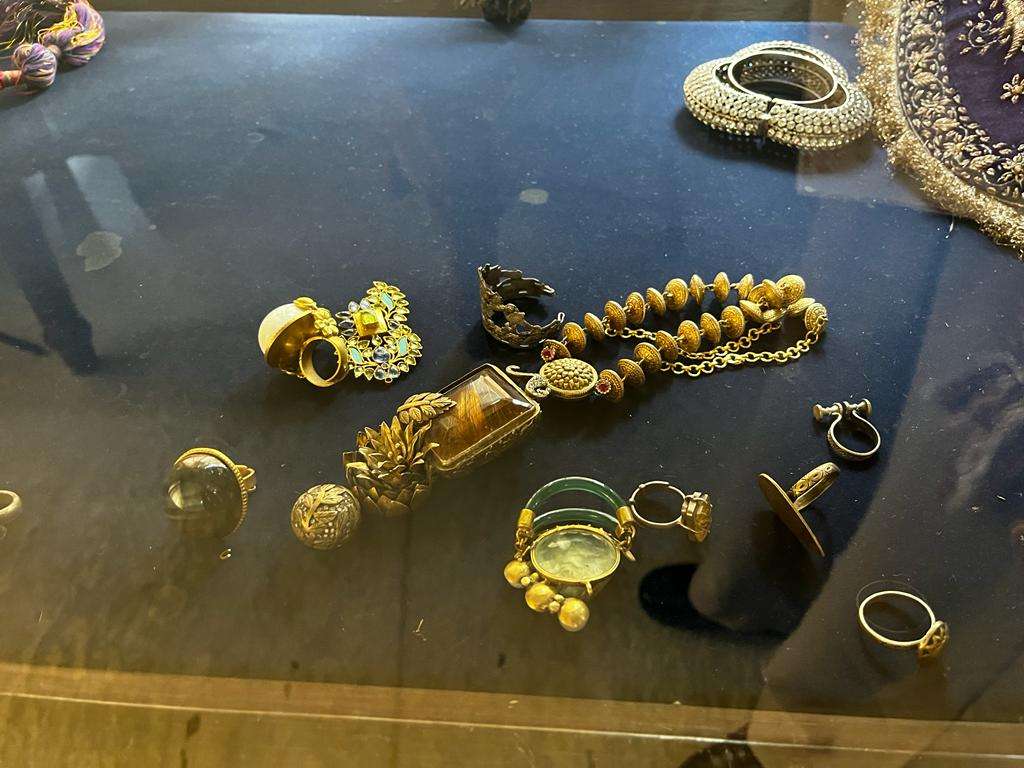
Meenakari, one of the most famous and popular among the Royals, is the fusion of the Jaipur and Lahore styles. The base is either silver or gold, heavily embellished with vibrant colors. Lac is made up of resin extracted from an insect, which is used to make bangles, famously known as lac bangles. Kundan is a semi-opaque crystal that got its inspiration from the Mughals.
Jaipur Kundan jewelry is also one of India’s oldest forms of jewelry making. Embossed with molten glass, Thewa jewelry is famous since Mughal times. The process and design of Thewa is what make its jewelry so unique and eccentric. Jadau, which technically means embedding is a jewelry making where semi-precious stones are embossed in heated gold jewels.
From folk to traditional designs, from contemporary to quirky jewels, the evolution of the accessory market has seen enormous growth in the past few decades. However, the jewelers try to emulate the design elements from their original forms in order to keep them alive meanwhile adding a bit of contemporary touch for the commercial market.
Inclusion of flora and fauna, be it meenakari, Jadau, or Kundan, the designs and motifs are highly edified by flora and fauna of the environment. From leaves to petals, the gems and stones are cut and refined into the desired form which is then embossed onto the metal. Another way is casting, wherein molten metal like gold or silver, or copper is poured into a cast made up of silicone, see Figure
Jaipur is the most reputed center for the enameling of jewelry. The craftsmen came from Lahore in the eighteenth and nineteenth centuries, and make the city one of the oldest to work on enameling jewelry. Initiated by the reign of Sawai Man Singh I, who was a great connoisseur of art and jewels, the crafts were practices not just in jewelry but also for crafting writing cases shown in the picture above.
The rambling extravaganza
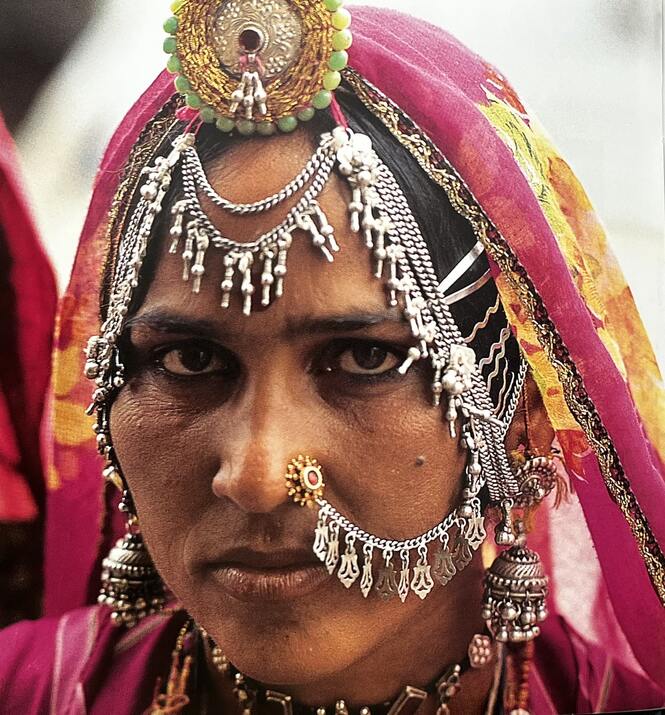
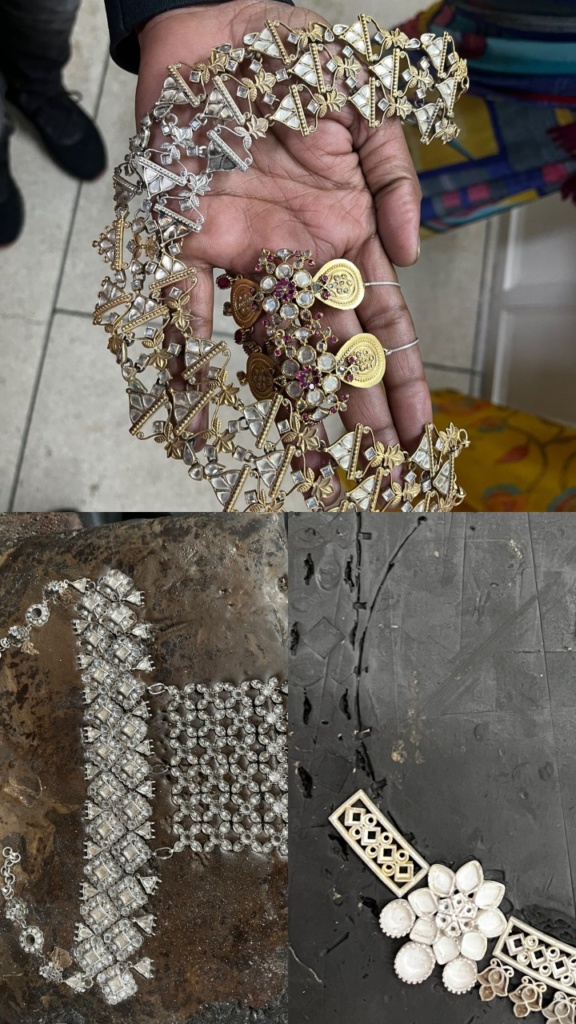
India, known for its diversity, has been one of the greatest trading centers for gems and other precious stones. In her book, Rajasthan’s Silver Jewelry, Tripti Pandey states, “The vast mass of Indian literature both, indigenous and foreign have referenced Indian gemstones.”
Jaipur gems and jewels cover lot of precious and semi-precious stones. This jewelry encapsulates precious stones like ruby, diamond, emerald, and sapphire. There is a high demand for semi-precious stones such as agate, amethyst, carnelian, turquoise, emerald, rhodonite, amber, garnet, and many more. The stone adornment in metal gives the jewelry its native metier i.e, the vibrant and colorful extravagance which is very significant in Indian culture. Neelam says, that the thing she likes the most in her designs is that they are very colorful and profoundly Indian.
The city holds on to a reputation for being royal and extravagant through its culture, and Jaipur Jewels play a significant role in maintaining that reputation. Pictures of kings and queens highly adorned with gold and silver and gems are found across the City Palace and many forts of Jaipur. Maharani Indira Devi was one of the most popular socialites of her time. She is known for her spectacular collection of necklaces and gems seen wearing on several public occasions.

The diverse communities
Jaipur covers several local communities which are distinct in terms of their living, dressing, and cultural beliefs. This results in giving Jaipur gems and jewels an enormous variety of jewelry designs. Silver jewelry is one of the high-demand products in the city. Originating from the local folk tribes of Rajasthan, these silvers have become the perfect souvenir for thousands of foreigners traveling to Jaipur each year.
Neelam’s manufacturing unit which also predominantly works with silver and stones shared the importance this cultural diversity has on her design, “The diverse nature of culture and language and customs, gives us a lot of inspiration, knowing several cultures expands our horizon to work on more designs.”
Artisan is Keystone
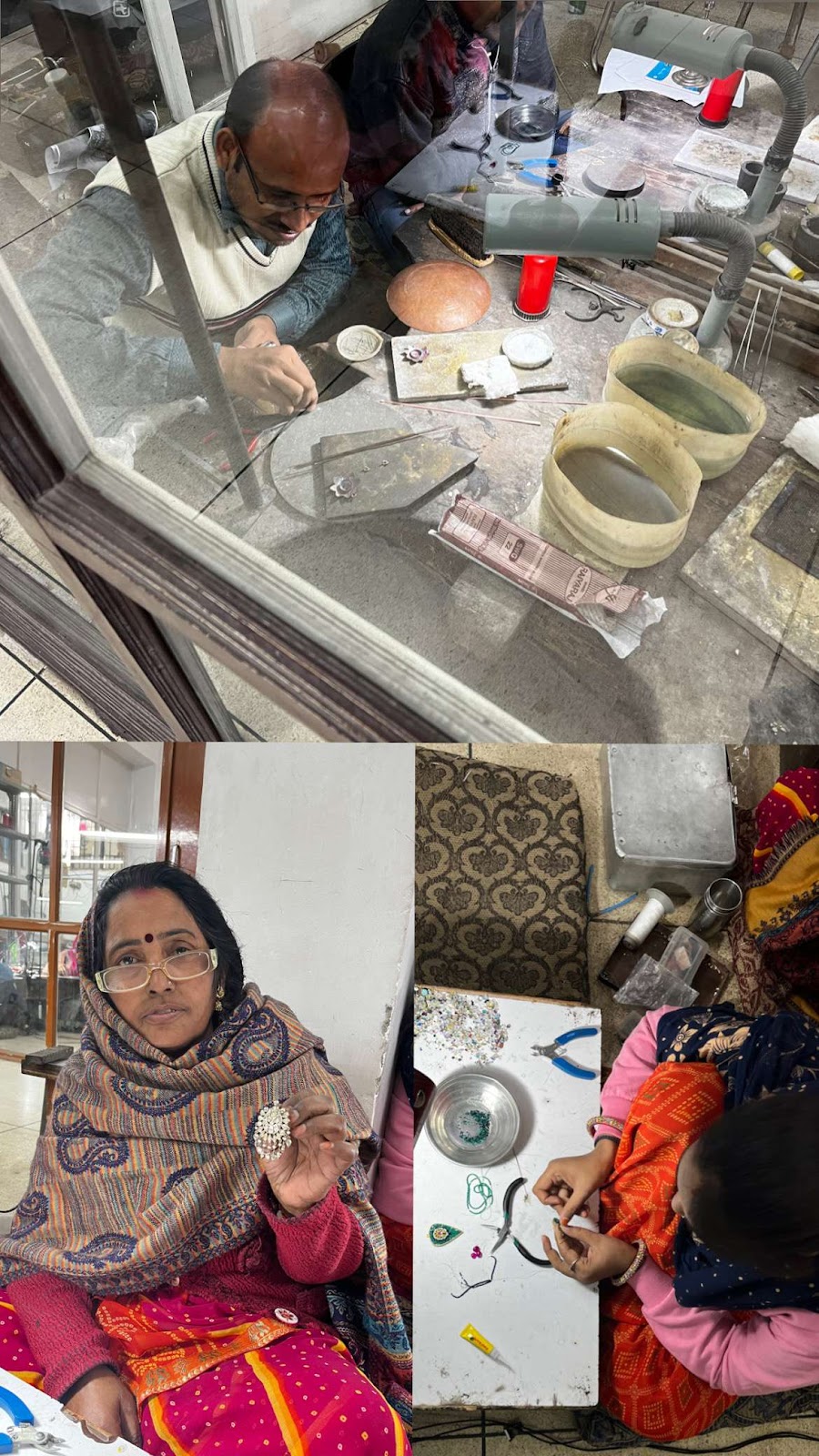
The role that artisans play in craft has always been so significant. Without their skill, a craft can only be on paper. They are the backbone of every physical artifact that has ever been created. Talking to Neelam about her relationship with artisans, She said, “There are more than 100 artisan works here, I’ve seen them grow up. Some have married their sons and daughter’s from here, I have seen their personal stories, it’s like a family. They are excellent in what they do, and my trust in their skill and work kept them working for me for so long. I trust them.”
Summary
The importance of body adornment has been as old as the day humans are on this planet. Gems and jewels being the most fascinating medium have been a tool to make this possible. The evolution of jewelry has seen enormous growth in the past century. Nevertheless, history and culture have always been reflected in their design irrespective of the influence of contemporary civilization.
For more, go to: unleashfashion






